Agriculture Spotlight: Summer
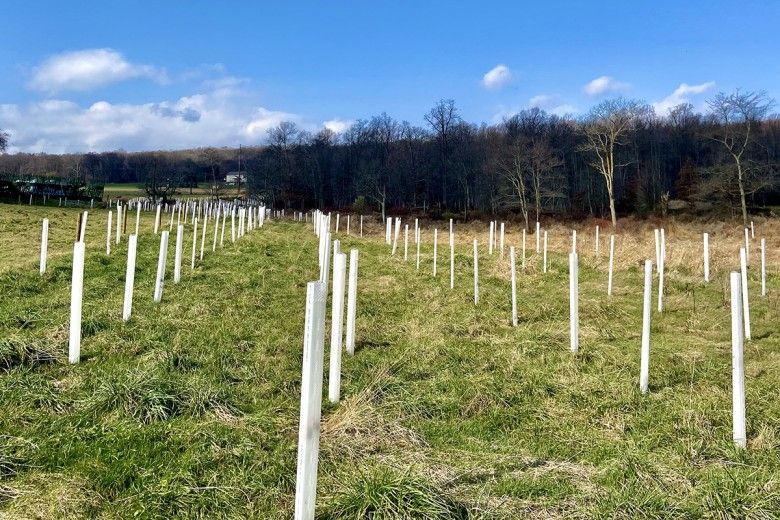
Summer has finally arrived—farm fields are filling in and fresh local produce is becoming available at our local farm stands. Summer not only brings warm weather but more rain as well, with our weather becoming increasingly variable over the past several years. Not only have we experienced more frequent and more severe rain events, but these have often been followed by extended periods of dry weather. Agricultural lands and the success or failure of crops can be greatly affected by these changes in weather patterns, but there are conservation practices that farmers can implement to help reduce their effects.
Creating a more sustainable landscape
The Natural Resources Conservation Service (NRCS), which falls under the U.S. Department of Agriculture (USDA), lists practices that farmers can undertake to create a more sustainable landscape which will, in turn, will create a more resilient agricultural production system. Conservation practices—also called Best Management Practices (BMPs)—can help address an array of concerns such as manure and stormwater management.
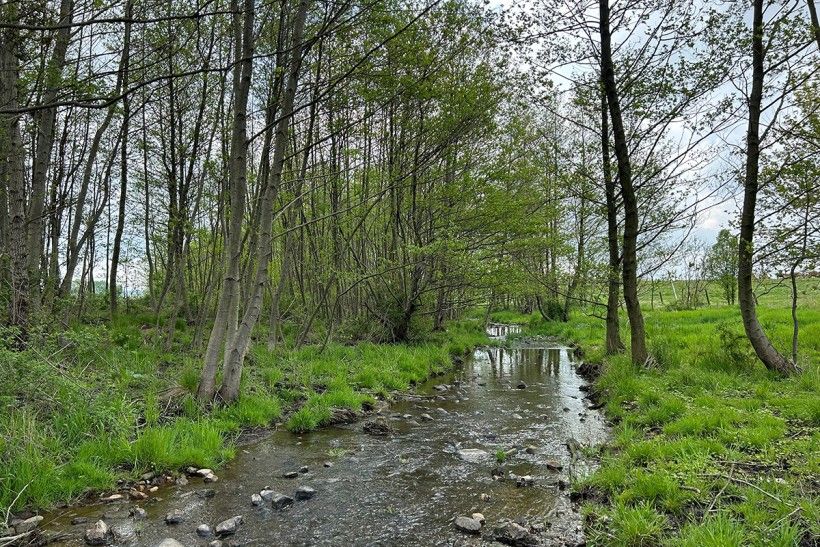
A common BMP that you may see while driving around Chester County is a riparian forest buffer, which involves planting trees along a stream. This has a myriad of benefits including lowering stream temperatures, reducing stream bank erosion, and improving the abundance and diversity of aquatic life.
Another commonly used agricultural BMP is a grassed waterway. This conservation practice is exactly what it sounds like—a graded grassed channel that allows runoff from fields, diversions, terraces, or other areas of water concentration to be directed in a controlled manner to reduce erosion, prevent gullies, as well as improve water quality. As demonstrated in the photo below, water from the ag fields on either side will flow into the waterway and have time to infiltrate and/or filter any sediment or pollutant in a controlled manner before it reaches the stream.
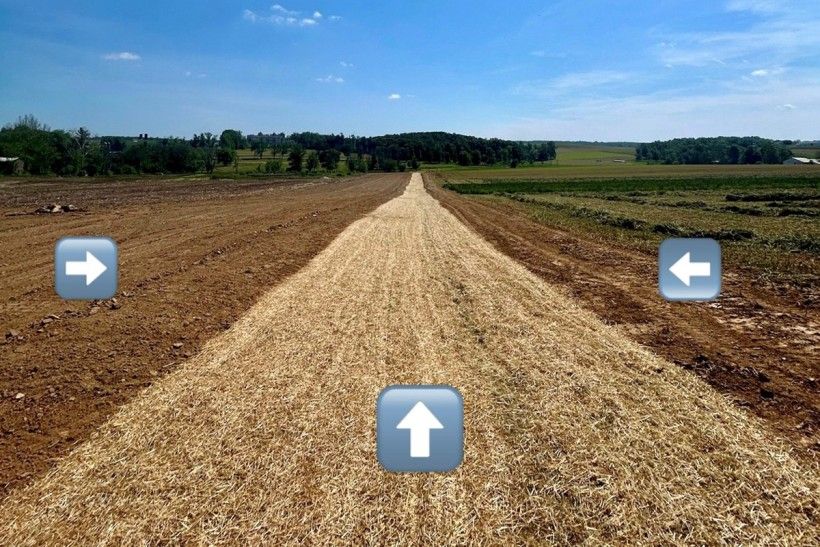
On the homestead
Farmers can also install BMPs on their homestead area to combat the impacts of excessive stormwater. Commonly associated stormwater runoff control practices can take the form of heavy use area protection, underground outlets, and gutters, just to name a few. A heavy use area (HUA) is an area on a farm where there is high volume of traffic from heavy agricultural equipment and where animals are usually housed, resulting in elevated levels of animal waste.
There are many practices that can help take a farmer’s HUA from mud and waste to a controlled, more efficient, and cleaner space, as seen in the photos below. Roll curbs, as shown in the photo below (R), keep waste in the designated area and prevent any unnecessary contaminated runoff. Gutters are also vital to a farmer’s heavy use area. Gutters help collect and direct rainwater away from areas that may contain agricultural inputs or waste products that could pollute local waterways. These farmyard BMPs, along with providing a stable, non-eroding surface, help to address resource concerns located at a farm’s homestead.
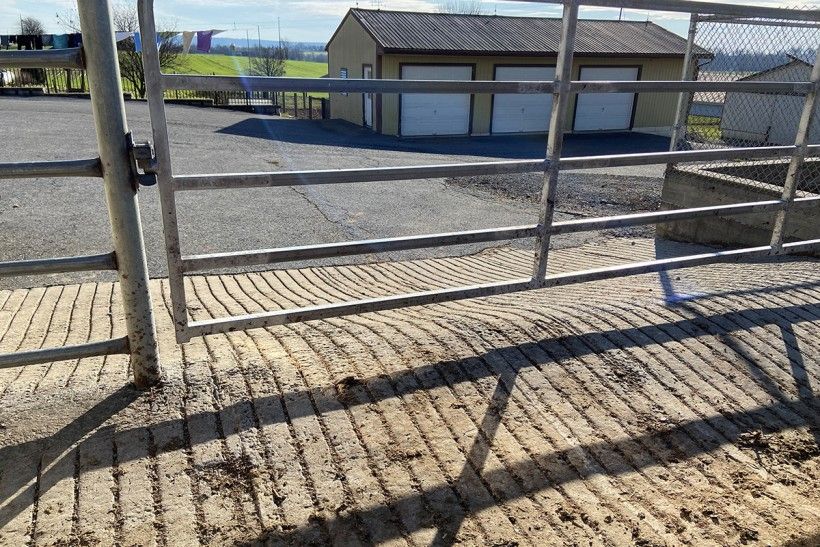
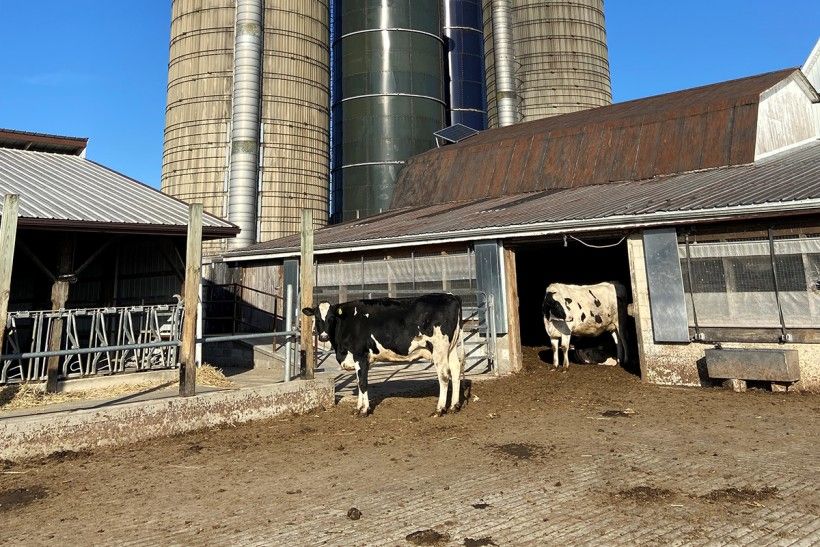
Support your local farmers
Agricultural producers help steward thousands of acres within the Brandywine-Christina watershed that contribute significantly to the sense of place and bucolic landscapes that we all enjoy. The life of a farmer is not an easy one, with tough decisions to be made throughout the year that can be impacted by a variety of factors, including global markets and local weather events. However, as we increase our knowledge of how to best manage the land and its resources, great strides can be made toward a more sustainable, resilient, and productive agricultural system that also helps protect our natural environment.
As the final installment to our year-long look at the seasonal operations of agriculture in our area, we hope these brief articles have helped educate, inform, and provide a greater appreciation for the role farming plays in our watershed.
Finally, don’t forget to shop locally for your produce this summer! To help you find local produce and local farm stands, check out the most recent Chester County Farm Guide.